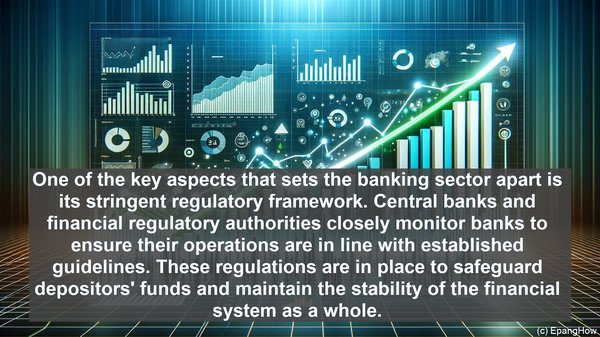Introduction: The Financial Landscape
Hello everyone! In today’s article, we’ll be delving into the intricate world of finance. Specifically, we’ll be exploring the differences between the banking sector and the non-banking financial sector. While both play crucial roles in the economy, they have distinct characteristics that set them apart.

The Banking Sector: A Pillar of Stability
The banking sector, often referred to as the ‘traditional’ sector, is known for its stability and reliability. Banks are licensed financial institutions that accept deposits from customers and provide various financial services. They act as intermediaries, channeling funds from savers to borrowers. Additionally, banks offer a wide array of services, including loans, credit cards, and investment opportunities.
Regulation and Oversight: The Banking Sector’s Stringent Framework
One of the key aspects that sets the banking sector apart is its stringent regulatory framework. Central banks and financial regulatory authorities closely monitor banks to ensure their operations are in line with established guidelines. These regulations are in place to safeguard depositors’ funds and maintain the stability of the financial system as a whole.
Non-Banking Financial Sector: A Diverse Landscape
In contrast, the non-banking financial sector encompasses a wide range of financial entities that are not traditional banks. This sector includes insurance companies, mutual funds, pension funds, and various other financial intermediaries. While they may not accept deposits like banks, they play a crucial role in providing financial services and investment opportunities.

Flexibility and Innovation: Non-Banking Financial Sector’s Advantages
One of the notable advantages of the non-banking financial sector is its flexibility and ability to innovate. Unlike banks, which are often bound by strict regulations, non-banking financial entities have more leeway to introduce new products and services. This dynamism often leads to the development of innovative financial solutions that cater to specific customer needs.
Risk and Return: A Balancing Act
When it comes to risk and return, the banking sector and the non-banking financial sector have different dynamics. Banks, due to their regulated nature, often offer more stable but relatively lower returns. On the other hand, non-banking financial entities, particularly those involved in investments, may offer higher potential returns but also carry higher risks.
